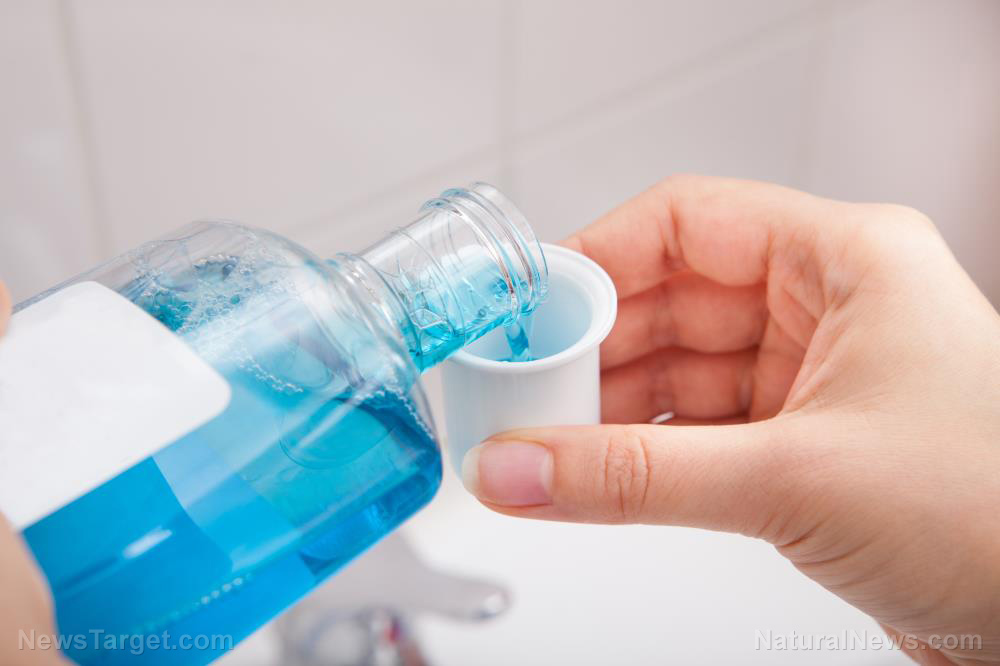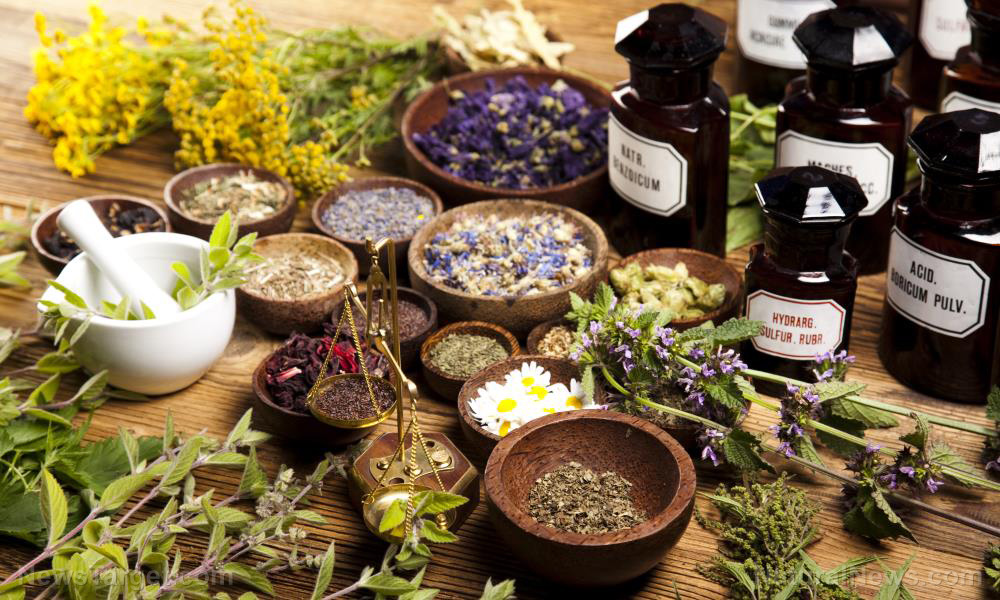5 Natural antiseptic plants you can use to treat wounds
06/05/2020 / By Janine Acero

Treating a wound is an essential survival skill. You can learn it through first aid training or you can improvise using medicinal plants when in a pinch. These plants have natural antiseptic properties that can help protect wounds from infection and support the skin’s natural healing process. (h/t to PrimalSurvivor.net)
Wound-healing herbs and plants
Plenty of medicinal plants around the world have antiseptic properties. The plants listed below are found in North America, and their natural wound-healing properties are backed by scientific evidence.
1. Goldenseal
Goldenseal (Hydrastis canadensis) is notable for its antibacterial properties, which come mostly from its active component, berberine. This herb is a common natural alternative to antibiotics like penicillin. It can be used topically to treat wounds, pink eye, canker sores and vaginal infections.
The most potent part of the goldenseal plant is its roots. Cut these up, dry them and use them to make tinctures or oil infusions.
Note that goldenseal has an endangered status, so you may not be able to forage this plant without a permit. Consider growing goldenseal in your own medicinal garden.
2. Coniferous tree sap
Cone-bearing trees called conifers discharge a sticky sap when their bark is damaged. The sap, also called resin or pitch, contains natural acids and plant compounds called lignans, which help protect the tree from infection. The antiseptic properties of these compounds can also protect a wound from infection.
Tree resins are widely used for treating wounds and have been extensively studied for their wound-healing properties.
To use resin, heat it and mix it with olive oil or coconut oil to make a salve. Resins are incredibly sticky, so do not apply it directly to a wound to avoid the bandage getting stuck on the skin.
3. Calendula
Also known as marigold, calendula is one of many medicinal plants that belong to a genus with the same name. Research suggests that calendula is an effective antimicrobial agent against various types of bacteria and fungi.
One study by researchers at the University of Maryland Medical Center found that calendula helps reduce inflammation and swelling. It also helps increase blood flow to the wound site, allowing new blood vessels and fibrous tissues to form.
The flowers of calendula are dried for medicinal preparations. Note that the dried petals should be bright yellow or orange — an indication of quality and freshness.
4. Plantain
Plantain (Plantago major) is an edible plant that is often considered a weed. It is found throughout the world, including in cities, and may even be growing in your backyard.
Plantains are nutritious plants. They also contain aucubin and allantoin, which are the active compounds responsible for its antimicrobial and anti-inflammatory properties.
Besides wound healing, plantain is also used to treat ulcers, indigestion, heartburn, insect bites, diarrhea and colds.
Plantain leaves can be used to make tinctures and salves. Older leaves are chosen for medicinal purposes, while younger, more tender leaves are better for eating.
5. Oregano
The essential oil of oregano (Origanum vulgare) has potent bactericidal properties, meaning it can effectively kill bacteria. It also aids in wound healing and even reduces the appearance of scars when applied topically. According to studies, oregano oil is effective against many types of bacteria, including Escherichia coli. In fact, oregano oil is said to be more potent than some modern antibiotics.
You can also use oregano leaves to make an infused oil salve or tincture for wounds.
This list of medicinal plants barely scratches the surface when it comes to wound-healing and antiseptic botanicals. Visit PlantMedicine.news to learn more.
Sources include:
Tagged Under: alternative medicine, antibacterial, bactericidal, Calendula, goldenseal, herbal medicine, Herbs, infections, natural antibiotics, natural antiseptic, natural cures, natural healing, natural medicine, oregano, plant medicine, plantain, prevention, remedies, resin, Wound Healing
RECENT NEWS & ARTICLES
COPYRIGHT © 2017 NATURALANTIBIOTICS.NEWS
All content posted on this site is protected under Free Speech. NaturalAntibiotics.news is not responsible for content written by contributing authors. The information on this site is provided for educational and entertainment purposes only. It is not intended as a substitute for professional advice of any kind. NaturalAntibiotics.news assumes no responsibility for the use or misuse of this material. All trademarks, registered trademarks and service marks mentioned on this site are the property of their respective owners.



















